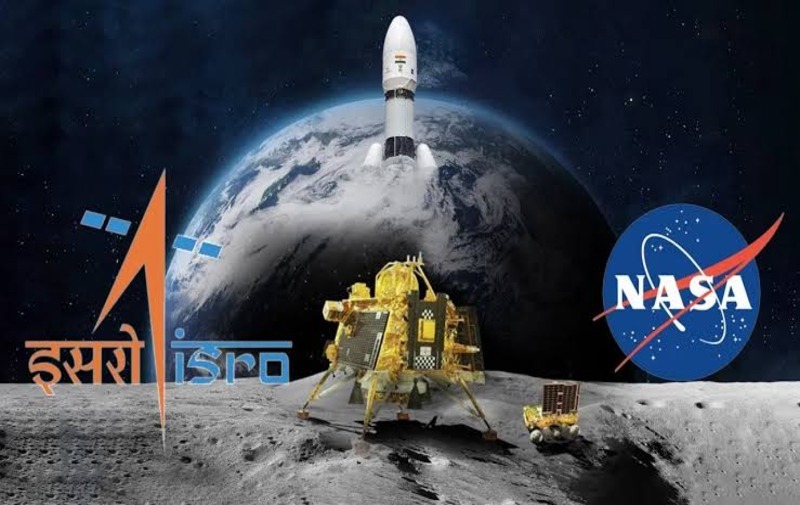The Indian Space Research Organisation (ISRO) is set to launch the NASAISRO Synthetic Aperture Radar (NISAR) satellite on July 30 from the Satish Dhawan Space Centre in Sriharikota. This joint mission marks a major milestone in global Earth observation and lunar mapping capabilities.
Mission overview:
-
NISAR will be launched aboard the GSLVF16 rocket and placed in low Earth orbit.
-
The satellite is equipped with dualfrequency radar systems—LBand from NASA and SBand from ISRO—mounted on a 12meter deployable reflector antenna.
-
It will map the entire globe every 12 days, providing highresolution data on ecosystems, ice sheets, sea level rise, and natural hazards.
Scientific objectives:
-
The satellite will monitor surface deformation, land movement, and vegetation biomass using repeatpass interferometric SAR techniques.
-
Data will support studies on earthquakes, tsunamis, volcanoes, and groundwater fluctuations.
-
The Sweep SAR technique enables wide swath imaging with consistent resolution, making NISAR ideal for longterm environmental tracking.
Collaborative effort:
-
NASA’s Jet Propulsion Laboratory and ISRO have jointly developed the observatory, integrating missioncritical systems like GPS receivers, solidstate recorders, and highrate science downlink capabilities.
-
The mission is designed to serve both national priorities and the global scientific community.
With NISAR, ISRO and NASA aim to deliver one of the most advanced Earth and lunar mapping platforms ever built, combining precision, scale, and international cooperation.
Sources: Deccan Chronicle, Wikipedia, ISRO, NASA.
